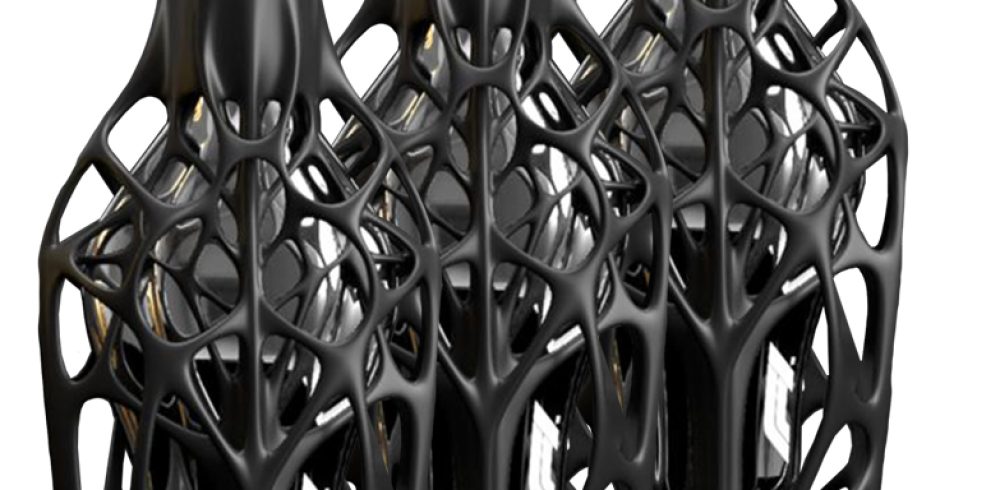Everyone in the industry is starting to understand that additive manufacturing enables the design of intricate, complex geometries while reducing material consumption and, where polymers are concerned, weight. But, learning to design for additive manufacturing, and optimizing your designs to capture all the benefits, including mass customization, means unlearning everything you were taught about conventional design. Here are a few things to think about:
Design freedom:
A major constraint of traditional manufacturing is the “manufacturability” of complex components. Traditionally, you broke down these components, created tools for each resultant part, and then reassembled them.
With additive manufacturing, you’re done with thinking about subtraction. Think instead about addition. You can consolidate multiple part components into a single part, saving time and costs and producing a more functional result.
Accuracy:
Today’s polymer additive manufacturing technology is highly accurate. In fact, most tolerances fall between 0.0762 and 0.3mm. In many instances, this obviates the need to produce assembly gauges, jigs and fixtures, saving time and cost.
Print bed optimization:
Lay a part flat on the print bed and you’ll get the fastest print but lose space. Line up your component parts vertically to achieve visual perfection and you are likely to compromise on part strength. Your best option for strength, accuracy and visual conformity is to print the parts on their side.
Depending upon the technology you opt for, you will also need to consider your support structure positioning, and how to nest your parts to ensure the most efficient use of the print bed.
Materials:
Materials designed for additive manufacture are done so with real-world applications in mind. When designing your device for additive manufacture, you can now think about using silicones, elastomers, flexible and rigid polyurethanes. If you are thinking about impact resistance, cushioning or light weighting, lattice structures can be created with elastomers and silicones. Opting for DLS™ technology gives you access to the Carbon Engine and over 100,000 lattice designs.
Finishing processes:
Parts straight off the printer are rarely ready for immediate use. They will require post-production processing, so it’s imperative you think about the dimension specifications for the final part.
Dyeing or colouring DLS™-produced parts could cause them to lose their integrity. PA 11 Nylon, used in Multi Jet Fusion, on the other hand, takes up colour exceptionally well without compromising properties.
Postproduction also uses processes to improve the looks of surfaces. PolyShot Surfacing of MJF-produced parts, for example, gives a smooth, satin-like finish. DLS-produced parts will still retain some optical layering which can be removed with polishing. Check with your production team just how they intend to finish the part. You don’t want to polish away any structural strength.
Communicating through design and development:
A good production team will be with you throughout the design and development process. They have produced many parts; don’t be afraid to ask for their opinion, or to state when you think things are not going as smoothly as you like.
____
For more information about Polymer Additive Manufacturing from Paragon Rapid Technologies please contact them on: 01325 333 141 or email info@paragon-rt.com
Manufacturing & Engineering Magazine | The Home of Manufacturing Industry News















